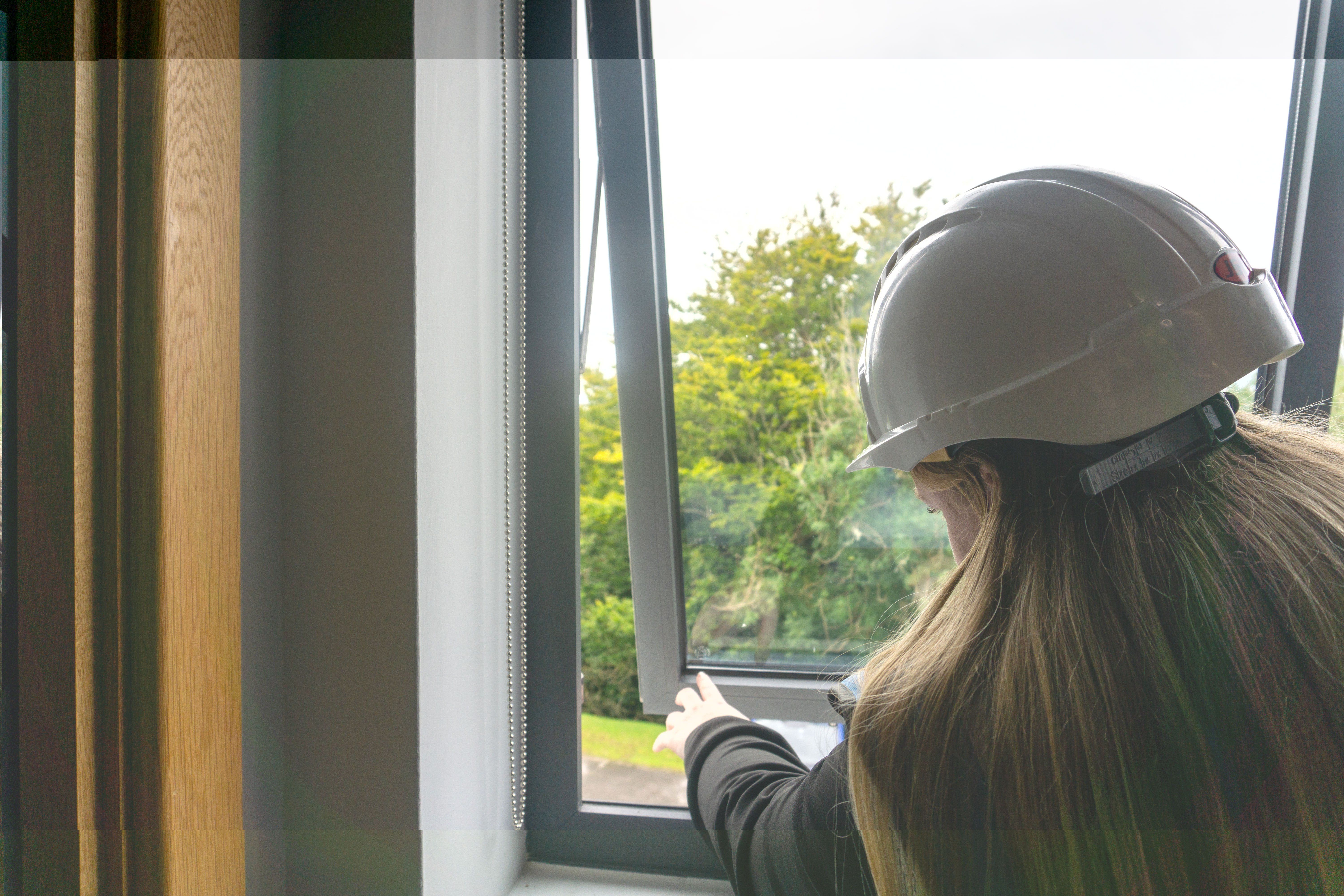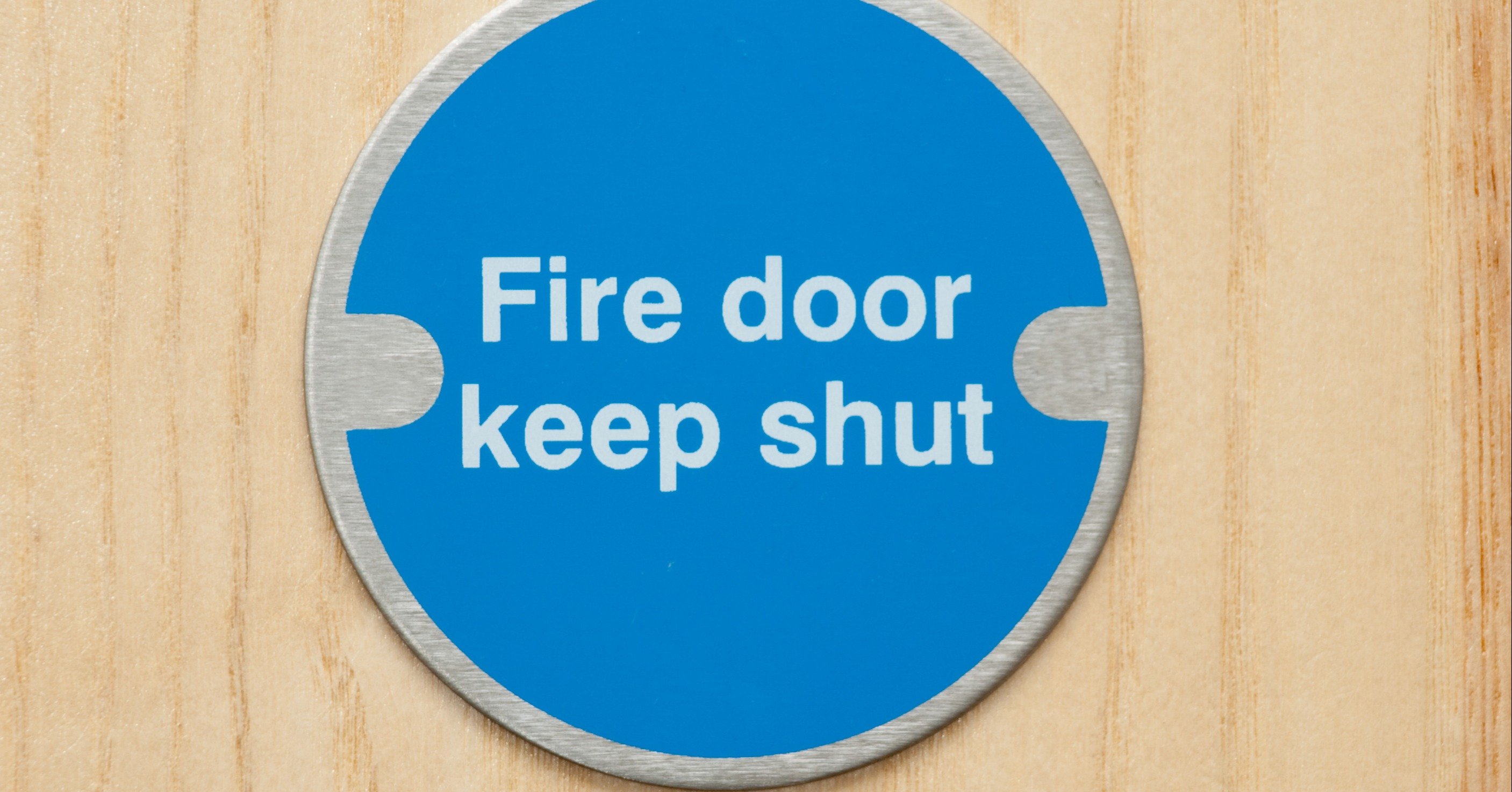Fire Safety in Heritage Buildings

Heritage buildings stand as enduring testaments to our cultural and architectural heritage. From centuries-old castles to quaint historic cottages, each structure encapsulates a piece of our shared history. However, when it comes to preserving these architectural gems, fire safety is a paramount concern. In this article, we delve into the critical aspects of fire safety in heritage buildings, covering causation, alarm systems, emergency response plans, and the significance of understanding your historic doors.
Protecting Our Heritage
Before we explore the intricacies of fire safety, it's essential to understand why safeguarding heritage buildings is of utmost importance. These sites serve as tangible links to our past, offering insights into bygone eras, architectural styles, and cultural traditions. Preserving our heritage not only enriches our present but also ensures that future generations can appreciate the beauty and historical significance of these structures.
Today, the UK boasts over 500,000 listed buildings, each with its own unique story to tell. These structures represent a wide array of architectural styles, construction techniques, and historical contexts, showcasing the ingenuity and craftsmanship of generations past. Beyond their architectural significance, heritage buildings contribute to the social fabric of communities, serving as focal points for cultural events, educational programs, and civic engagement.
Understanding Fire Safety Statistics
An analysis of fire safety statistics sheds light on the vulnerabilities faced by heritage buildings. In 2019 alone, roughly 1000 fires occurred in historic buildings, highlighting the significant risks to these architectural treasures. Arson and deliberate fires emerge as the most common causes of fires in such premises with over 200 instances in 2019 alone, posing significant risks to historical structures and cultural assets. The intricate architecture and aged materials often found in heritage buildings can exacerbate the spread of fire, leading to devastating consequences. Understanding these statistics underscores the urgency of implementing robust fire safety measures tailored to the unique challenges posed by heritage buildings. By addressing these risks proactively, we can better preserve our architectural heritage for future generations.
Heritage Buildings in the Education Sector
In the United Kingdom, heritage buildings play a significant role in the facilities of the education sector, enriching the learning environment and providing students with unique insights into the past. Across the country, numerous educational institutions are housed within historic buildings, ranging from classical universities and medieval colleges to Victorian schools and Edwardian academies.
As custodians of these historic buildings, educational institutions have a duty to preserve and sustain their heritage buildings. By protecting them carefully and engaging with the community, these buildings can remain vibrant centres of learning and cultural exchange for future generations.
The Increased Importance of Fire Risk Assessments
Central to effective fire safety management is conducting thorough fire risk assessments. By meticulously evaluating the unique characteristics and usage patterns of heritage buildings, property owners can identify potential hazards, assess risks, and develop comprehensive fire safety strategies. From identifying fire hazards to recording findings and providing training where needed, fire risk assessments form the cornerstone of proactive fire safety measures in any building and even more so, Heritage building sites.
Selecting the Right Alarm System
Choosing the appropriate alarm system is crucial in safeguarding heritage buildings. Factors such as floor-to-ceiling height and structural constraints must be taken into account during system selection. In large-volume spaces with high ceilings, standard smoke or heat detectors may not function adequately or quickly enough. For maximum life protection (categories L1 and L2) or maximum property protection (category P1), specific mounting height limitations apply for various detection devices.
- Smoke detectors: Maximum ceiling height of 10.5 meters, with allowances up to 12.5 meters for 10% of the ceiling area.
- Rate of rise heat detectors: Maximum ceiling height of 9 meters, with exceptions up to 10.5 meters for 10% of the ceiling area.
- Fixed temperature heat detectors: Suitable for ceilings up to 7.5 meters, with extensions permissible up to 10.5 meters for 10% of the ceiling area.
- Carbon monoxide (CO) detectors: Maximum ceiling height of 10.5 meters, with extensions up to 12.5 meters for 10% of the ceiling area.
- Optical beam detectors: Suitable for ceilings up to 25 meters in height.
Historic England advocates for the installation of an L1/P1 category system whenever feasible. This choice ensures that both the building and its occupants receive the highest level of protection available. Fire represents one of the most devastating hazards that a historic structure can encounter, emphasising the importance of comprehensive fire safety measures.
Wireless technology offers a viable solution, minimising damage to historic fabric while ensuring reliable alarm coverage. However, implementing wireless systems requires a thorough signal strength survey and may necessitate the installation of signal booster aerials in areas where signal strength is weakened by the structure. It's crucial to ensure that the chosen alarm system aligns with the agreed fire strategy, covering all aspects of the building's fire safety features, including compartmentation, means of escape, and other fire safety features.
Additionally, fire alarm systems may need to operate specialist equipment, such as fire-resistant curtains or smoke vents, to enhance fire suppression capabilities while minimising damage to historic fabric. It's essential to evaluate whether the fire alarm system needs to drop fire-resistant curtains, open smoke vents or louvres, or activate water mist or gas suppression systems. The selection of specialist equipment should be guided by a comprehensive understanding of the building's layout, historical significance, and fire safety requirements.
Crafting Rigorous Emergency Response Plans
Emergency response plans play a pivotal role in mitigating fire-related risks. These plans outline clear procedures and protocols for responding to emergencies, ensuring the safety of occupants and minimising property damage. Accessible, easy-to-understand emergency response plans are essential, with copies stored securely on-site and off-site for immediate reference during emergencies.
Understanding the Fire Resistance of Historic Doors
Historic doors, steeped in centuries of craftsmanship, offer varying degrees of fire resistance. Understanding the level of fire resistance in historic doors can be challenging but is crucial for effective fire safety planning. Historic England provides valuable guidance on assessing the fire resistance of timber panel doors, facilitating informed decision-making for property owners and preservationists, their fantastic guide can be found here. It really is essential that you understand the fire resistance of your historic doors in order to put the best possible fire safety strategy in place.
%20(1).png?width=1600&height=1200&name=MicrosoftTeams-image%20(18)%20(1).png)
The Historic directors room at the Merchants House, Glasgow.
In conclusion, preserving heritage buildings necessitates a delicate balance between legislative requirements and the authentic preservation of historical aesthetics. Each heritage structure is unique, requiring tailored fire safety solutions that uphold its cultural significance while mitigating fire-related risks. By prioritising fire safety considerations, we can safeguard our architectural heritage for generations to come. Speak to one of our expert fire safety consultants today to discuss your properties unique fire safety needs.
Sign up for fire safety updates
You'll receive all the latest news and blogs straight to your inbox.






